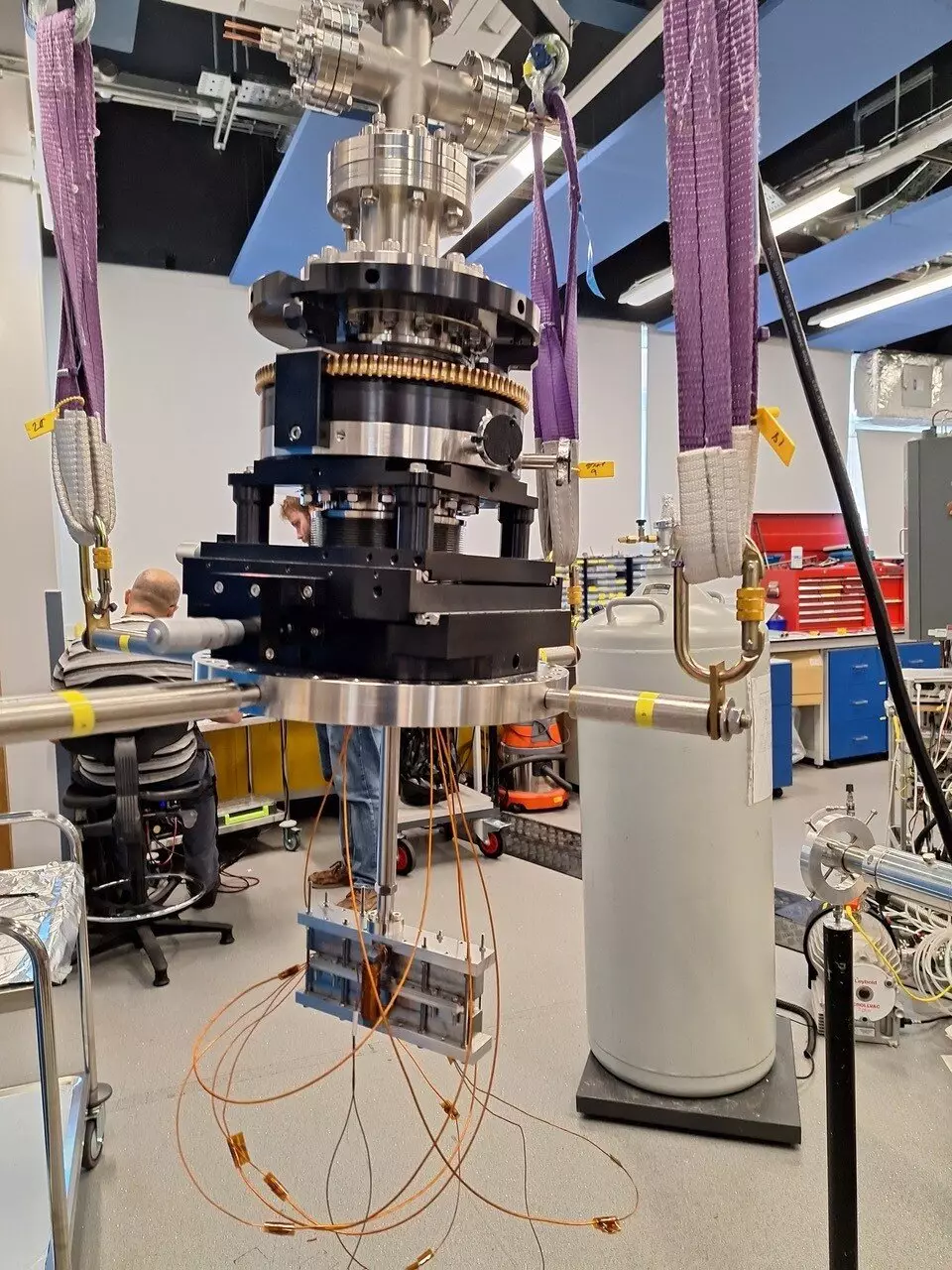Atomic beam microscopy has long been a key tool in the field of imaging delicate and hard-to-study surfaces such as bacterial biofilms, ice films, and organic photovoltaic devices. Traditional methods of imaging involve illuminating the sample through a microscopic pinhole and scanning the position of the sample to build an image pixel by pixel. However, this approach is time-consuming and limits the resolution of the images obtained.
One major limitation of the traditional pinhole scanning method is the time required to obtain a complete image. As the image is measured pixel by pixel, improving the resolution by reducing the pin-hole dimension dramatically reduces the beam flux and requires significantly longer measurement time. This can hinder the ability of engineers and scientists to quickly analyze samples and obtain results in a timely manner.
A New Imaging Method
Researchers at Swansea University have developed a new imaging method for neutral atomic beam microscopes that could revolutionize the field. By passing a beam of atoms through a non-uniform magnetic field and using nuclear spin precession to encode the position of the beam particles interacting with the sample, the researchers were able to significantly reduce the imaging time required while maintaining image resolution.
The research group led by Professor Gil Alexandrowicz from the chemistry department at Swansea University has demonstrated the effectiveness of the new imaging method using a beam of helium-3 atoms. The results of the experiments conducted by Ph.D. student Morgan Lowe show that the new method is capable of improving image resolution with a significantly smaller increase in time compared to traditional pinhole microscopy approaches.
The team’s numerical simulations have also highlighted the potential for new contrast mechanisms based on the magnetic properties of the sample studied. This opens up new opportunities in the field of neutral beam microscopy and could lead to further advancements in imaging techniques.
Future Developments
Professor Alexandrowicz has outlined the next steps for the research, which involve further development of the magnetic encoding method to create a fully working prototype magnetic encoding neutral beam microscope. This prototype will allow for testing of the resolution limits, contrast mechanisms, and operation modes of the new technique.
The potential for this new imaging method to improve image resolution without requiring prohibitively long measurement times is a significant advancement in the field of atomic beam microscopy. The research conducted at Swansea University has the potential to change the way engineers and scientists approach imaging delicate and difficult-to-study samples, ultimately leading to faster results and more detailed insights.


Leave a Reply